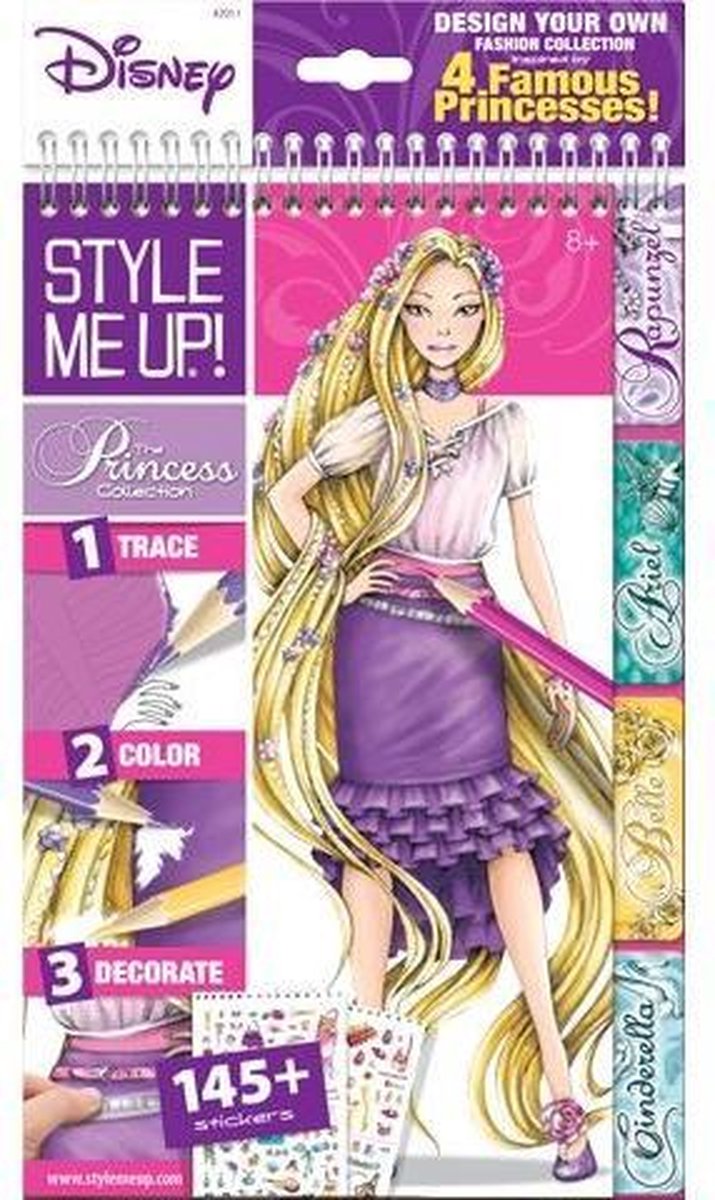

“Gen Z, they don’t want to stand out so much … And this generation is not nearly as comfortable with that,” Priest says. “In the 80s, people liked bright colours.

But perhaps the biggest barrier to Gen Zs hopping all the way onboard is colour itself. To the converted, the benefits of knowing your colour season are obvious – look better, spend less, feel more confident. “I feel like conversations in the fashion space that instil this type of fear … are never helpful.” (Sure enough, the Colour Me Beautiful books of the 1980s sweepingly categorised any person of colour as a winter, which the company has since admitted “doesn’t work”).Īhenkan also believes that attitudes surrounding style have evolved past the idea that we need to follow stringent rules. “I don’t think any of these colour theories … were made with non-white bodies in mind.” I mean, even if you look at the references of people they use, it’s like – are you fair and cool-toned? Are you fair and warm-toned?” “All these things are geared to white people. “And that’s the point! You really can’t tell.” She notes that people’s initial reaction to figuring out their colours is often bewilderment. The critical thinker and fashion personality Lillian Ahenkan, AKA Flexmami, has a different take on those confused comments under the TikTok videos. Like, that poor person is going to go off and spend all this money thinking that’s my season.” I don’t think any of these colour theories … were made with non-white bodies in mind Lillian Ahenkan, AKA Flexmami “I’ve spent a lot of time looking at the filters and when I look at the comments underneath, pretty much everyone’s wrong. Natural light, “with real tactile fabrics” are key. Someone’s colours are “often tricky to work out, even for me, with lots of experience as a consultant, what season somebody is”, she says. While Williams is happy to welcome a new generation, she’s dubious about the efficacy of AR filters. In the last year Williams has started to welcome a younger client base: women in their late teens and early 20s who discovered colour season analysis on TikTok. Or there will be trends and seasons where … I just tap out.” “When I walk into a store, I can look at the racks and not even walk over to the ones that don’t have the colours that suit me. She says the system has stopped her from wasting a lot of money over the years. Her mother is a former colour consultant so she was raised knowing her season (clear spring). Thirty-five-year-old Amelia Marshall is one such daughter. Until a year ago, her typical clientele fell into two categories: the women who had had their colours done in the 80s and wanted a refresher, and their daughters. Susanne Williams has been working as a colour consultant in Australia since 2012, after training with House of Colour in the UK. While colour season analysis never completely went away, the 80s were its heyday – until now.

Photograph: Edward Berthelot/Getty Images

A winter, for instance, shines in fuchsia but looks ghostly in brown, while an autumn can pull off neutrals like beige but not brighter shades.Īccording to colour season theory, a ‘winter’ shines in fuchsia tones but is ‘washed out’ in brown. The idea is that everyone has a set of shades they should reach for, and other colours to avoid on painof looking “washed out”.
STYLE ME UP SKETCH BOOK SKIN
As well as publishing bestselling books guiding readers through the fundamentals of colour analysis, they trained consultants who would visit clients at home, drape them in different coloured fabrics and determine which shades made them “pop”, based on their skin tone (and, to a lesser extent, hair and eye colour).
STYLE ME UP SKETCH BOOK FREE
Sign up for Guardian Australia’s free morning and afternoon email newsletters for your daily news roundupīack in the 1980s companies including Colour Me Beautiful and House of Colour made big business out of appraising people’s colours. “And it can be really empowering to know, I can wear these colours and feel good about my appearance. “It can stop you from over-consuming and getting trapped in fast fashion and trends. “I think it is super important for sustainable, slow fashion to know what colours actually look good on you,” Priest says. Photograph: Alecsandra Raluca Drăgoi/The Guardian Reporter Hannah Marriott tries out colour season analysis for a feature, 2015.


 0 kommentar(er)
0 kommentar(er)
